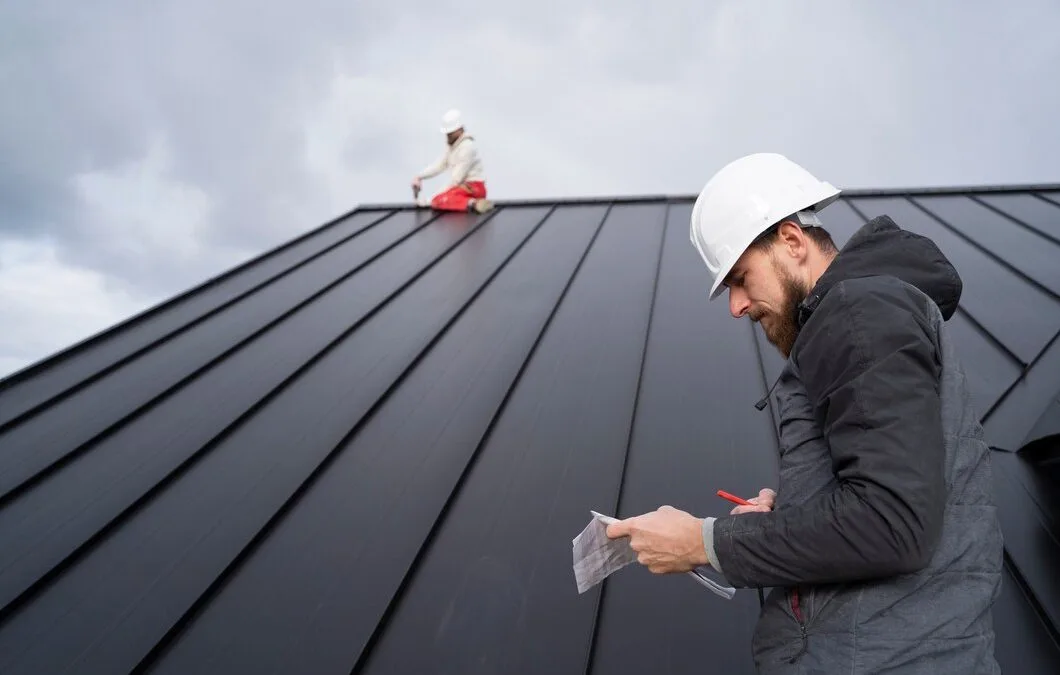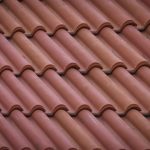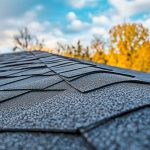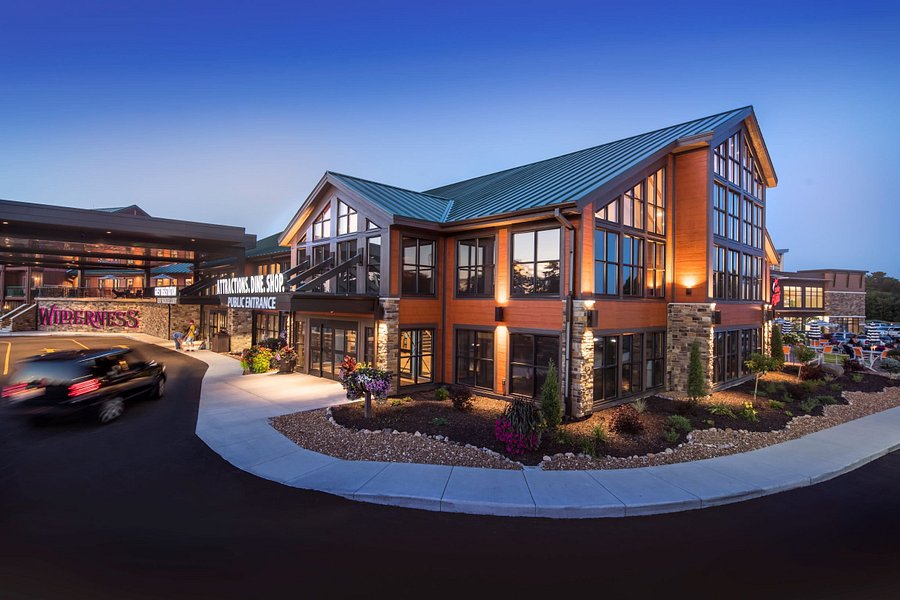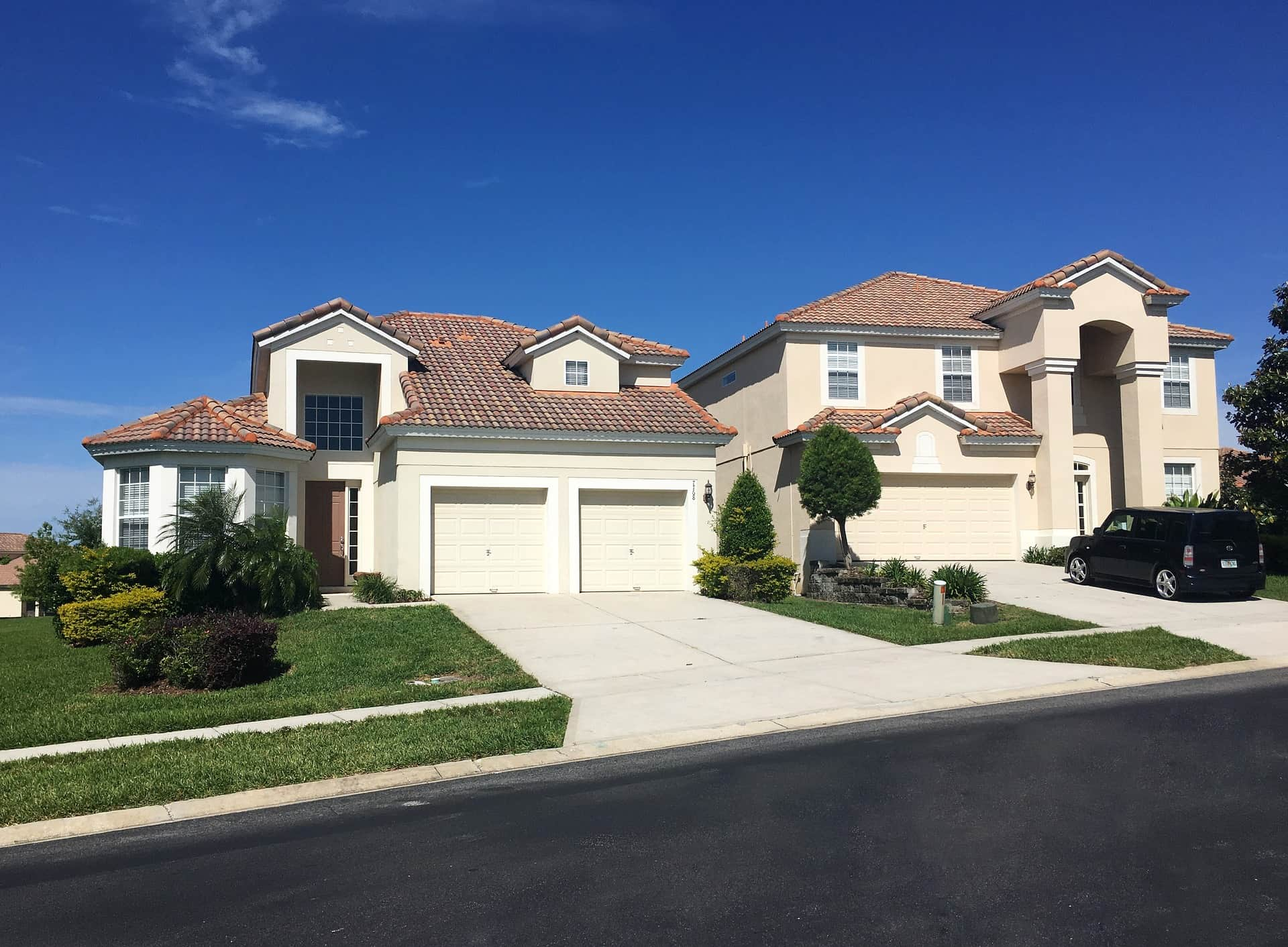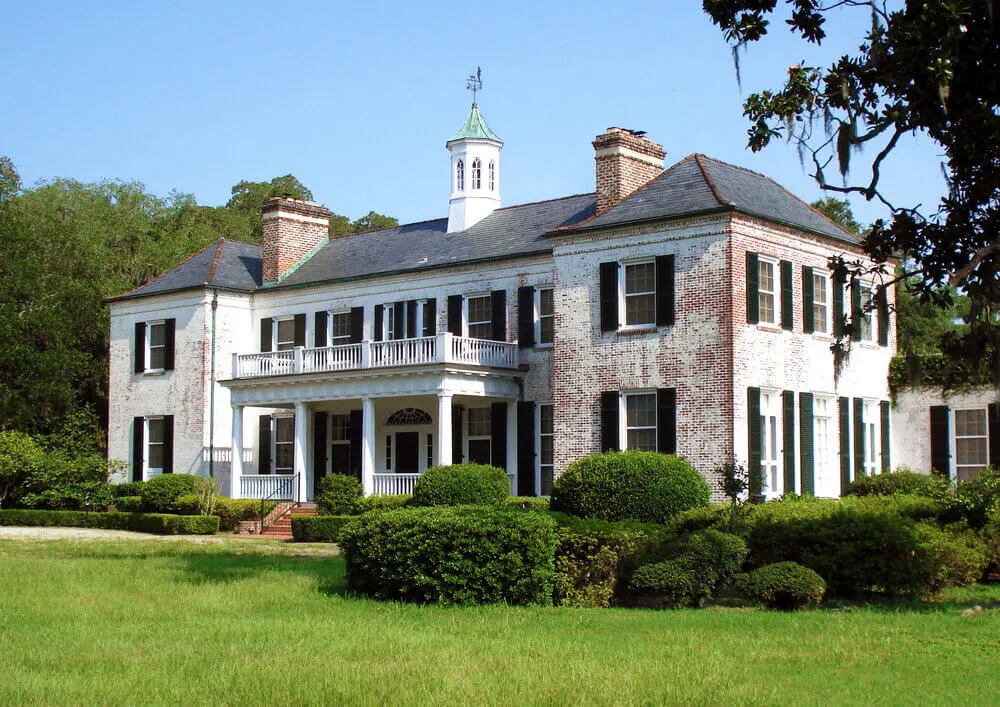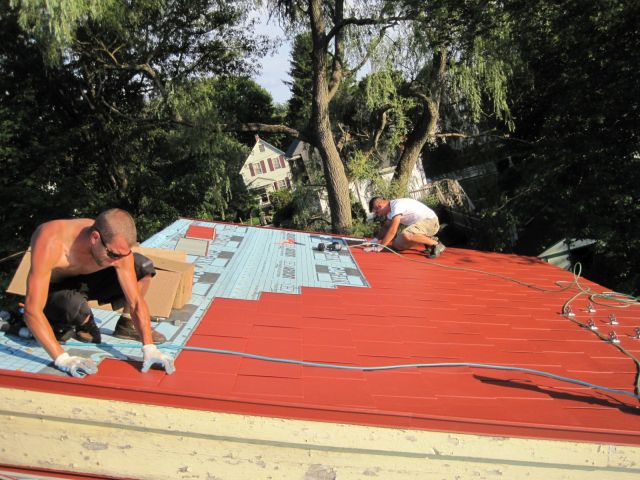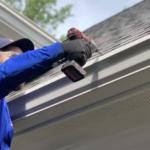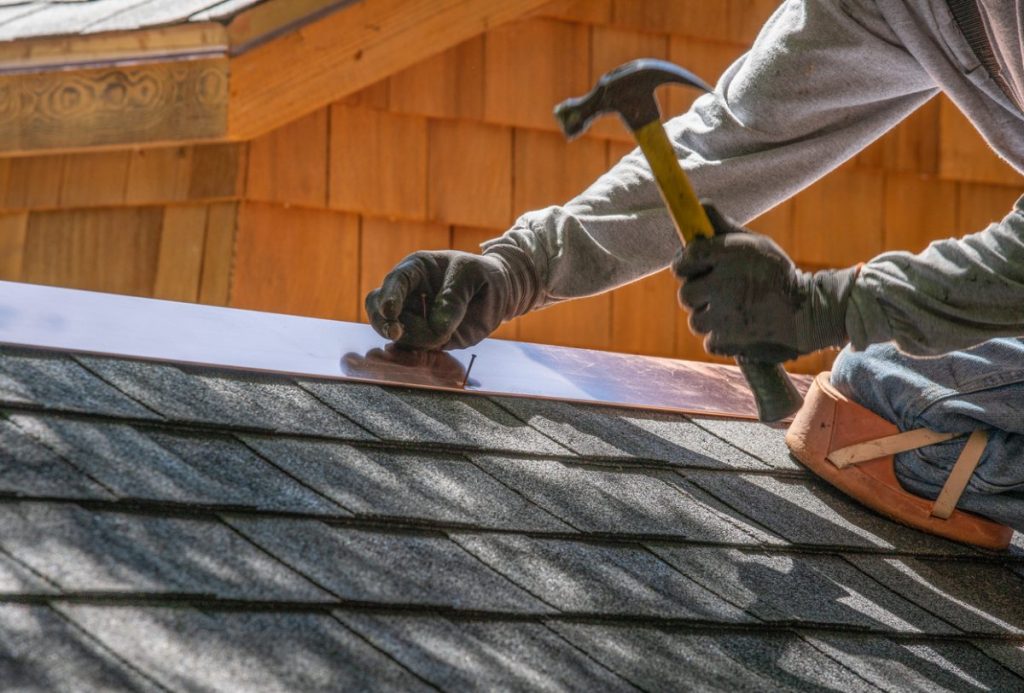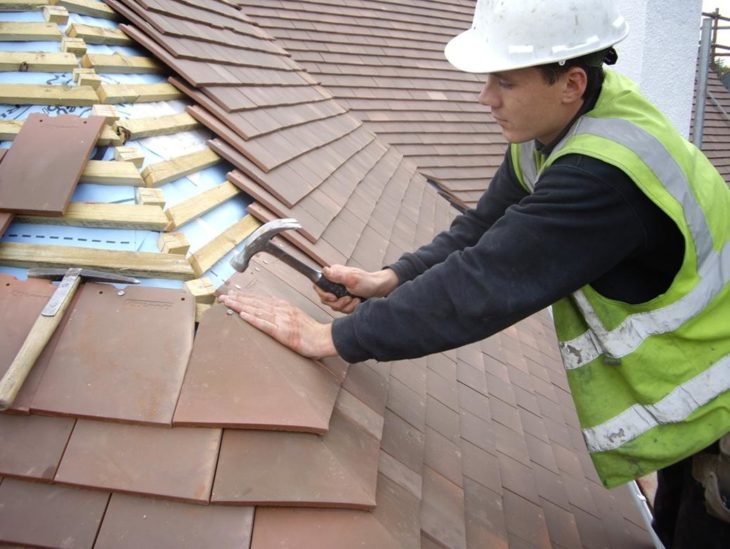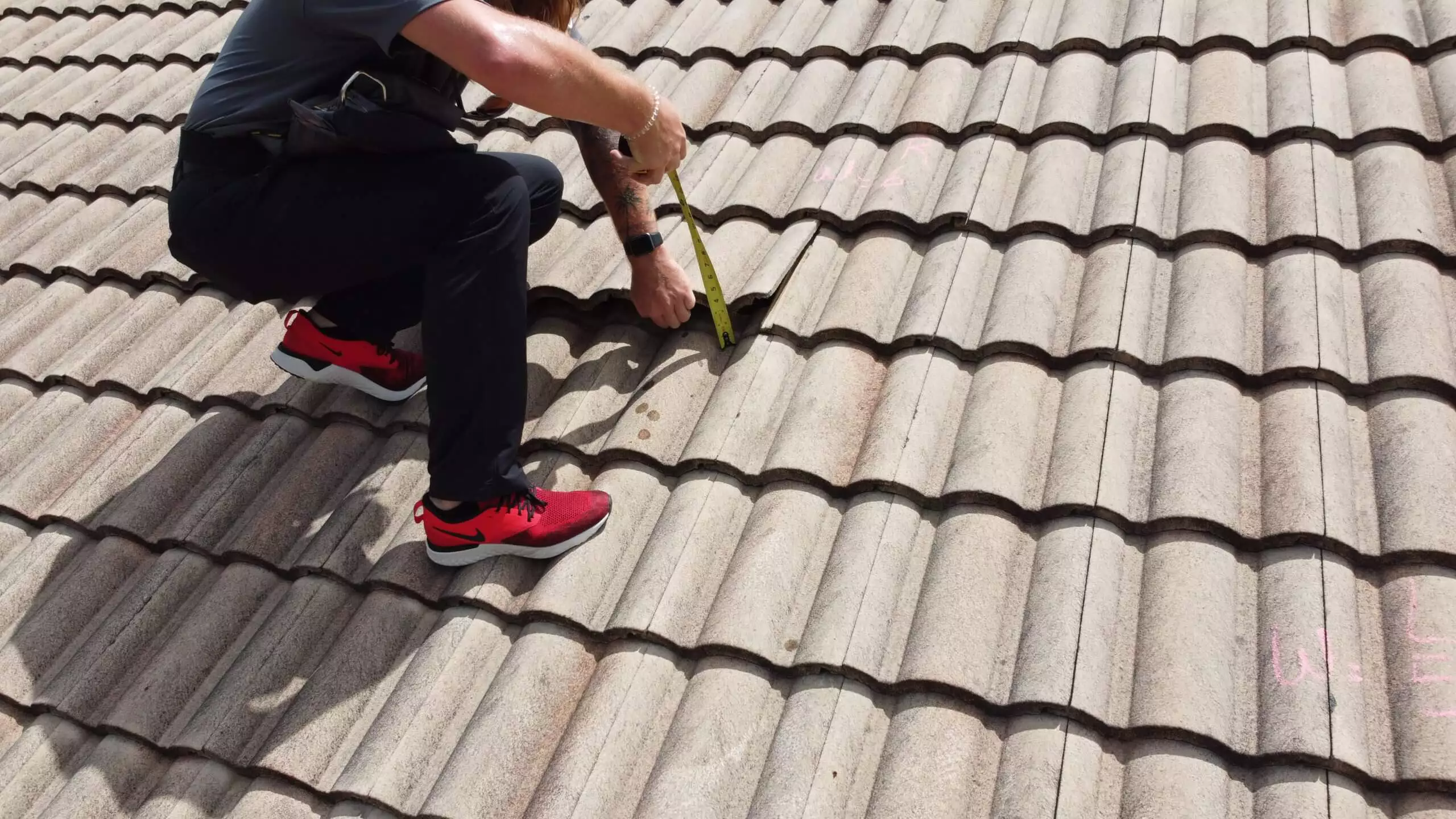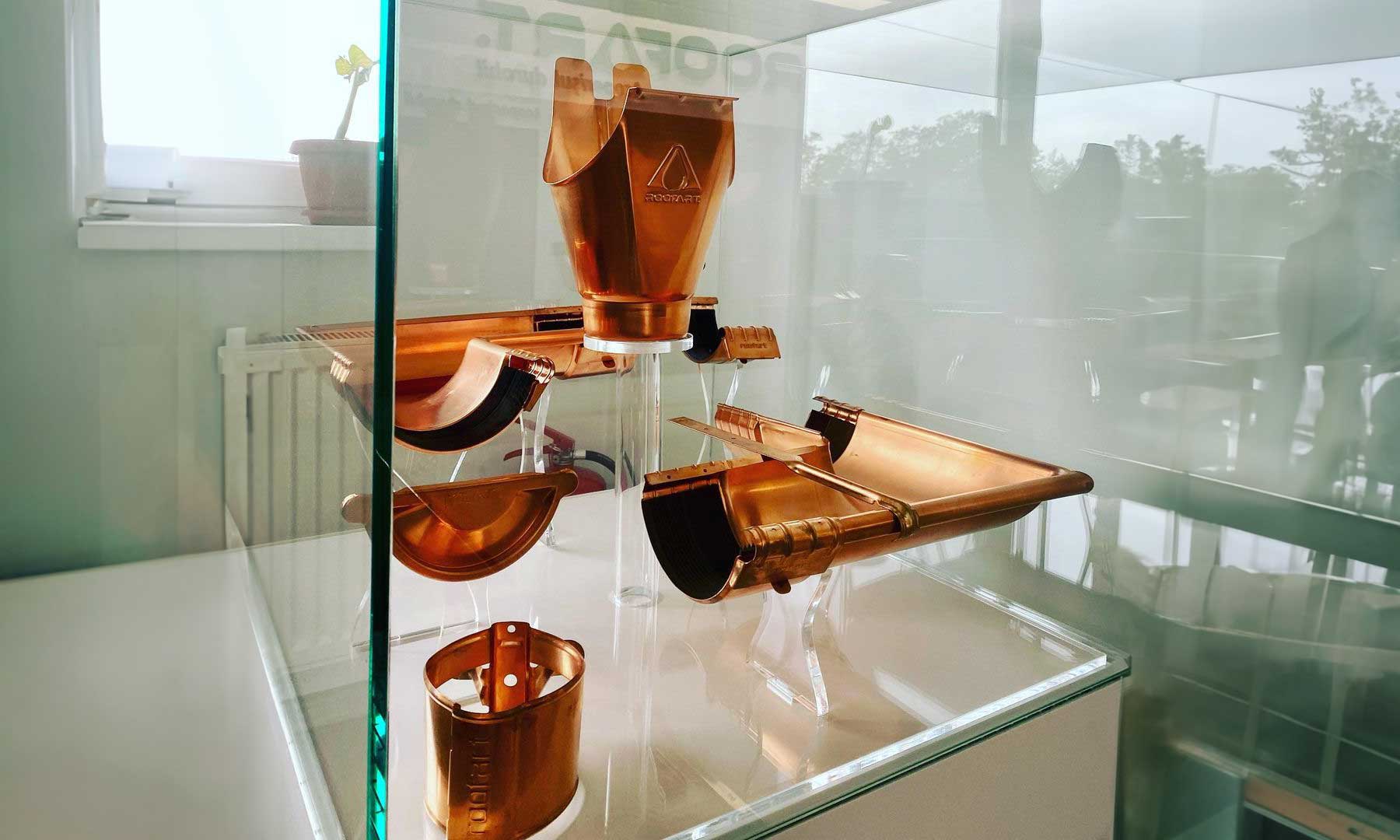PVC roofing is a durable, flexible, and energy-efficient single-ply roofing system that’s perfect for flat and low-slope roofs. Whether you’re a homeowner or a commercial building owner, this roofing solution offers weather resistance and long-term performance. PVC roof material is engineered to deliver strength, heat-welded seams, and UV resistance, making it a popular choice across various climates.
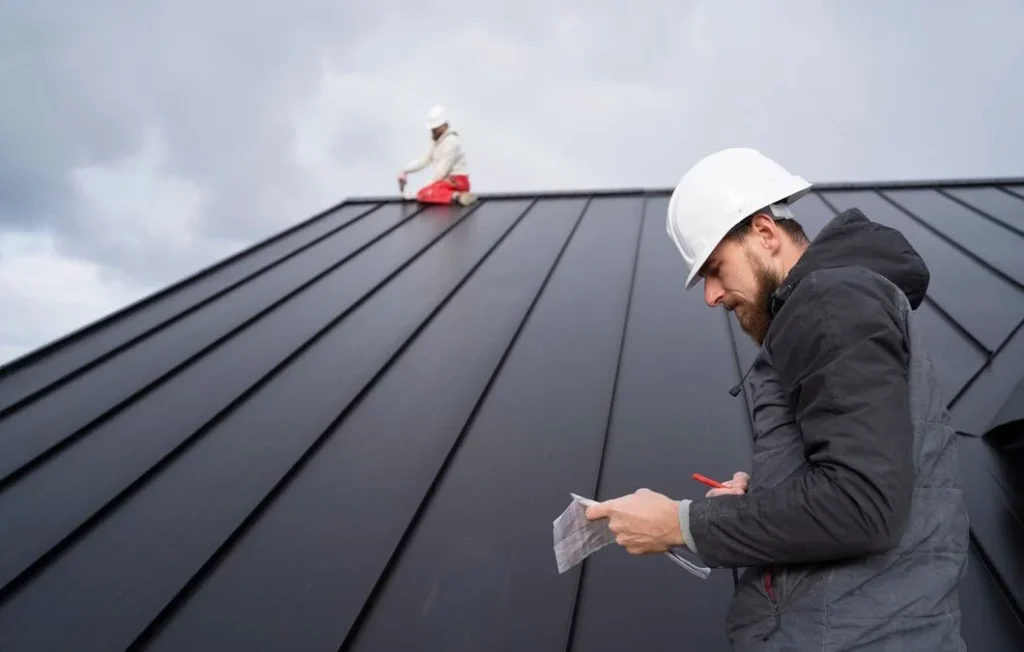
Content
What is PVC Roofing?
PVC roof stands for polyvinyl chloride roofing, a type of single-ply membrane roofing system commonly used on flat or slightly sloped rooftops. The PVC roof material is made from a thermoplastic compound reinforced with polyester or fiberglass.
It is typically white or light-colored, offering reflective properties that contribute to energy efficiency. PVC membrane roofing details include high resistance to moisture, chemicals, and fire—qualities that make it suitable for commercial buildings and industrial facilities.
Pros and Cons of PVC Roofing
When considering PVC roof pros and cons, it’s essential to weigh the benefits and limitations:
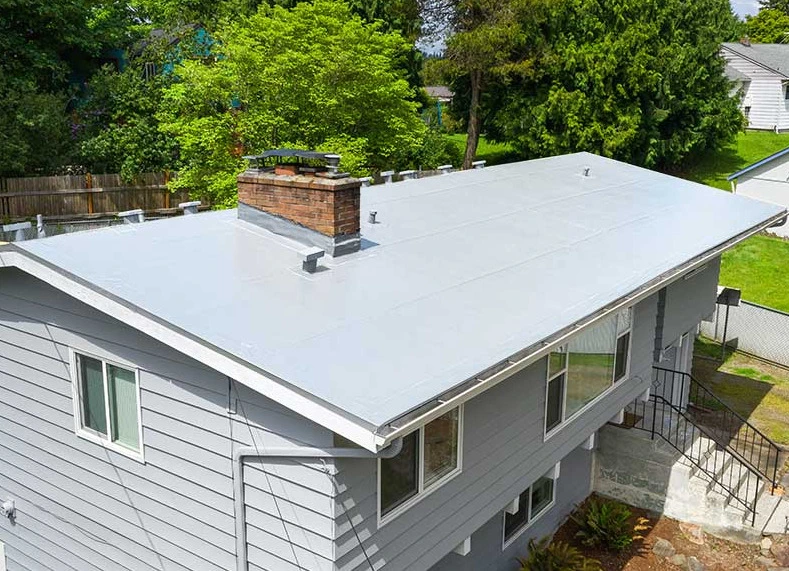
Advantages:
- Waterproof and UV-resistant surface ideal for rain-heavy or sunny regions
- Heat-welded seams create a watertight barrier
- Reflective surface reduces cooling costs
- Resistant to fire, chemicals, and punctures
- Long-lasting and low-maintenance
Disadvantages:
- Higher upfront cost compared to asphalt or EPDM
- Can become brittle in extreme cold if not properly maintained
- Shrinkage over time may cause membrane stress
- Professional installation required
So, is PVC roof good? For most commercial applications and energy-conscious homeowners, yes—especially in hot or wet climates.
How Long Does PVC Roofing Last?
The PVC roof lifespan typically ranges between 20 to 30 years. However, with proper installation and maintenance, it can last even longer.
Several factors influence the longevity:
- Installation quality by certified professionals
- Climate exposure to harsh sun or severe weather
- Foot traffic on commercial rooftops
- Routine inspections and repairs
If you’re wondering, does PVC roof crack over time?—not usually, unless the material is improperly installed or subjected to long-term UV damage without maintenance.
PVC Roofing vs TPO Roofing: Which Is Better?
The PVC vs TPO roofing debate centers on material composition, performance, and cost:
| Feature | PVC Roof | TPO Roofing |
|---|---|---|
| Cost | Higher | Lower |
| Flexibility | High | Moderate |
| Chemical Resistance | Excellent | Fair |
| Seam Strength | Heat-welded | Heat-welded |
| Lifespan | 20–30 years | 15–25 years |
While PVC roofing excels in chemical resistance and flexibility, TPO may be more budget-friendly. If your roof is exposed to grease or industrial chemicals, PVC roof material is the better choice.
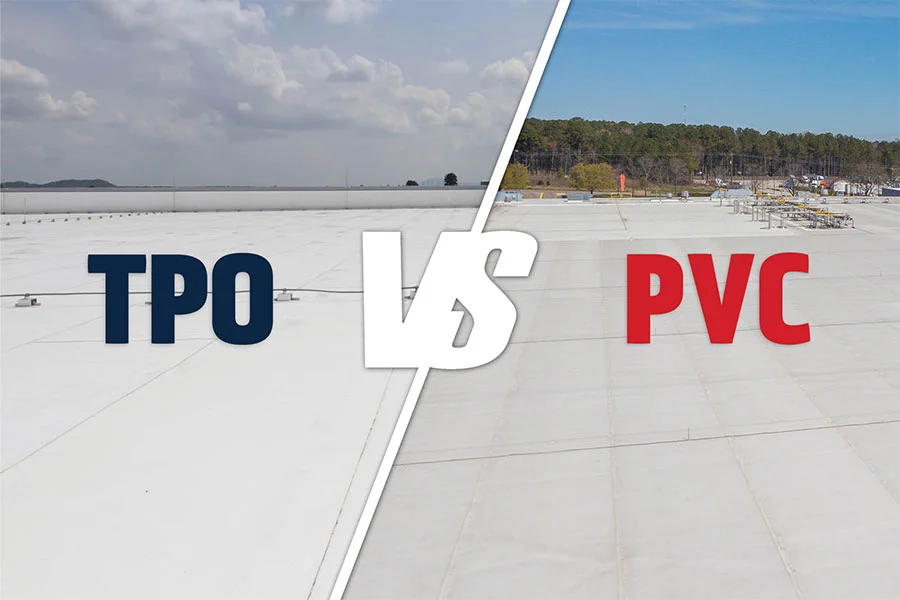
PVC Roofing Installation Process
PVC roof installation requires professional handling due to the specialized tools and techniques involved.
Step-by-step Overview:
- Roof prep and cleaning
- Applying insulation board
- Laying PVC membrane sheets
- Heat-welding the seams
- Securing edges and flashing
This process ensures the formation of a watertight, energy-efficient membrane. DIY installation is not recommended, as poor sealing can compromise the roof’s integrity.
PVC Roofing Costs in 2025
One of the biggest concerns for property owners is the PVC roof cost per square foot. Here’s what to expect in 2025:
- Material cost: $6 to $8 per sq. ft.
- Labor cost: $4 to $7 per sq. ft.
- Total average cost: $10 to $15 per sq. ft.
Costs vary depending on:
- Roof size and shape
- Tear-off and disposal of old roofing
- Local labor rates
- Accessibility of the roof
While the initial investment is higher than asphalt or TPO, PVC roof material offers long-term savings through lower maintenance and energy efficiency.
Is PVC Roofing Right for Your Home or Building?
PVC roofing for flat roofs is a solid investment if you’re looking for long-lasting performance and resistance to weather extremes. It’s commonly used in:
- Commercial buildings (restaurants, warehouses)
- Multifamily housing units
- Modern residential homes
Is PVC roofing good for residential use? Yes—especially for flat roof designs where water pooling can be an issue. It’s also a great option for energy-conscious homeowners due to its reflective surface.
Regular maintenance such as cleaning debris and inspecting seams can extend the PVC roof lifespan significantly.
Conclusion
PVC roof is a robust, long-lasting solution designed for both commercial and residential flat roofs. With its waterproof surface, heat-welded seams, and UV resistance, it’s ideal for energy efficiency and durability. Though its upfront cost is higher, the long-term benefits—low maintenance, longevity, and performance—make it a wise investment.
If you’re looking to upgrade or replace a flat roof, PVC roof material offers the strength and reliability you need in 2025 and beyond.
Common Questions About PVC Roofing (FAQ)
Can PVC roof be painted?
Yes, but it’s not commonly recommended. Special primers and paints are required for proper adhesion.
Is PVC roofing eco-friendly?
It is recyclable at the end of its lifespan, and its reflective properties reduce energy consumption.
How often should PVC roof be inspected?
Twice a year—ideally in spring and fall—to identify and fix potential damage early.
Does PVC roof hold up in extreme weather?
Yes, it performs well in heat, rain, and even high winds when professionally installed.

Christine Kelley is a dedicated home blogger who has been blogging for over six years. She covers everything home related. Christine also loves writing posts about her travels to Europe with her husband and two children.

